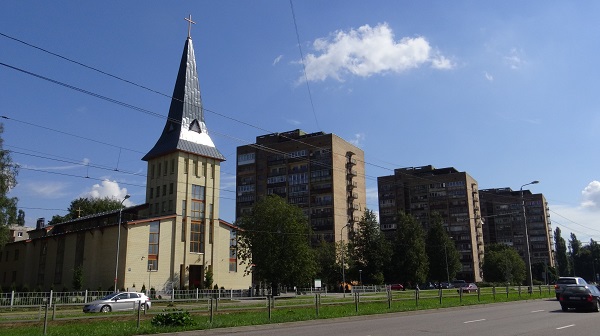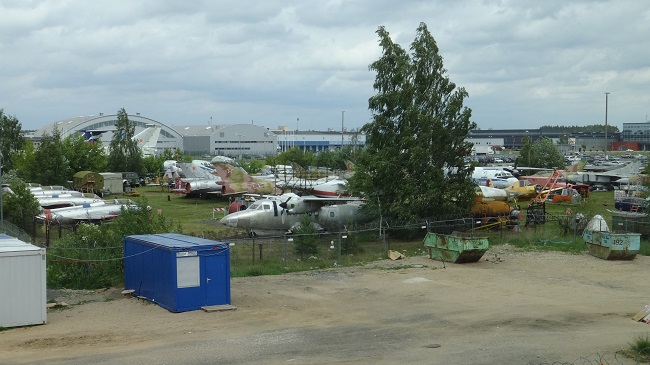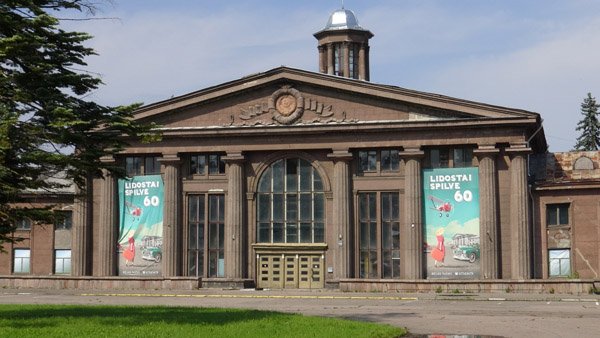Like every Soviet-ruled city Riga received a fair share of dull and same-looking district of medium-to-high-rises filled with small flats. ~60% of inhabitants there are Russian settlers and their descendants. Churches are almost non-existent despite high population densities. There is little work there as the districts were meant just to house workers who would commute to factories, using crowded trams and (trolley)buses.
As independent Latvia became post-industrial, the commute is more commonly to the Centrs in a private car. Such change now stuffs the once-empty yards of Soviet buildings. Also, Soviet districts received some entertainment of their own. Spice shopping mall in Western Soviet districts is among the largest in Riga.

However, just like when they were constructed in 1960s-1980s, they have very little to see.
Soviet districts essentially surround the historic Riga like a horseshoe, marking the city‘s Western, Southern and Eastern limits.
The western Soviet districts are crossed by many foreigners on their root to downtown as Riga International Airport is located there. A small aviation museum of mostly old Soviet aircraft is next to the airport (it may be visited on long layovers).

Interestingly, Riga has another aviation museum located in Spilve airport not far away. Spilve was used as Riga’s main airport until 1973 and its somewhat derelict building (completed in 1956) is a good example of what Stalinist airports looked like, built to look as opulent as railroad stations of years gone-by yet with the romantic splendor replaced by communist symbols.

